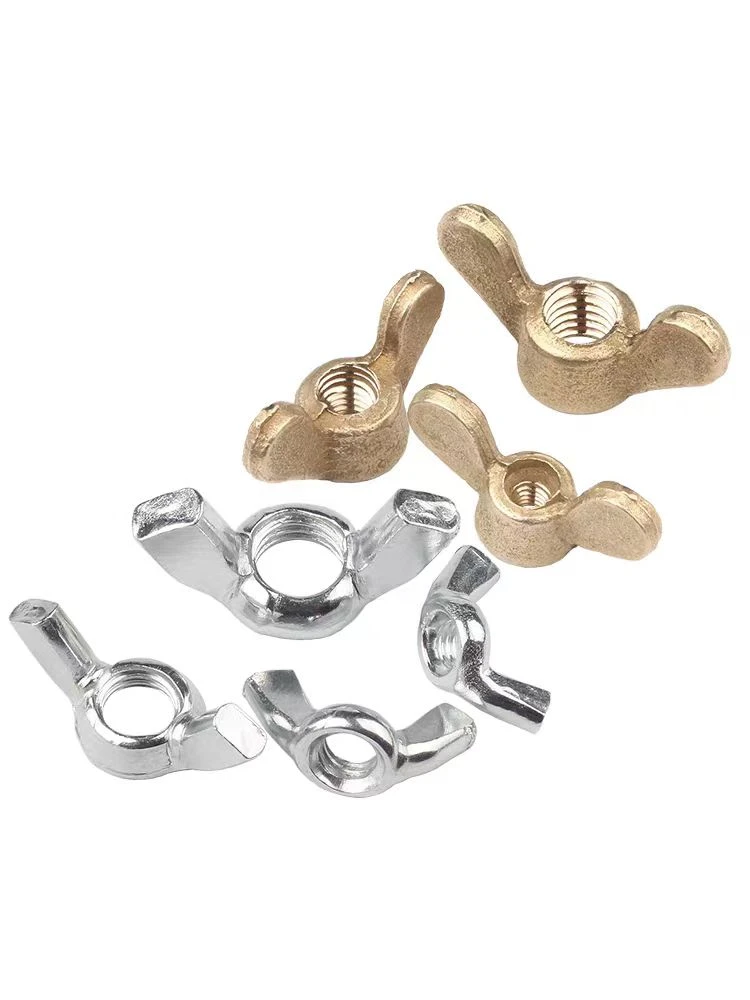

Exploring the Benefits and Applications of Self-Tapping Electrical Screws in Modern Projects
Dec . 11, 2024 02:07 Back to list
Exploring the Benefits and Applications of Self-Tapping Electrical Screws in Modern Projects
Understanding Self-Tapping Electrical Screws
Self-tapping electrical screws are specialized fasteners that play a crucial role in the assembly and maintenance of electrical equipment and installations. Their design allows them to create their own threads as they are driven into materials, eliminating the need for pre-drilling and making them an essential tool in various applications. In this article, we will explore the features, benefits, materials, applications, and installation techniques associated with self-tapping electrical screws.
Features of Self-Tapping Electrical Screws
Self-tapping screws are characterized by their unique geometry, which includes a sharp point and threads designed to cut into the material. These screws often have different thread designs, such as coarse or fine threads, tailored for specific materials like metal or plastic. For electrical applications, they are usually made from conductive materials like steel or brass, providing a reliable electrical connection when used in circuit boards and other electrical components.
Benefits
One of the major advantages of self-tapping electrical screws is their ability to save time and labor costs. As there is no need for pre-drilling, installation becomes quicker and more straightforward. This is particularly valuable in high-volume production settings where efficiency is crucial. Additionally, self-tapping screws provide a strong and secure fastening, ensuring that elements remain firmly attached, which is critical for safety and functionality in electrical systems.
Another benefit is their versatility. They can be used in a variety of materials, including metal, plastic, and wood, making them suitable for many different applications. Their automatic thread-cutting feature allows them to establish reliable connections without compromising the integrity of the materials they are used with.
Materials
The materials chosen for self-tapping electrical screws significantly affect their performance. Common materials include carbon steel, stainless steel, and brass. Carbon steel is often used for its strength and affordability, while stainless steel is preferred for environments that require corrosion resistance. Brass, although softer, is utilized for its excellent conductivity and resistance to oxidation, making it ideal for electrical applications where a reliable connection is necessary.
self tapping electrical screws

Applications
Self-tapping electrical screws are widely used across numerous industries. In electronics manufacturing, they are employed to secure components to circuit boards. Their self-tapping nature allows for precise placement without the risk of damaging delicate circuits. Additionally, these screws can be found in home appliances, automobiles, and various industrial machinery where electrical systems require secure and efficient fastening.
In construction, self-tapping screws are utilized for installing electrical boxes, fixtures, and conduit systems. They provide robust connections that can withstand vibrations and other stresses commonly experienced in such environments. Furthermore, their ability to tap into a variety of base materials makes them suitable for both indoor and outdoor applications.
Installation Techniques
The installation of self-tapping electrical screws is typically straightforward, but proper technique is crucial to ensure optimum performance. It is important to use the correct size and type of screw for the specific application. Using a power screwdriver or drill with a torque control setting can provide the necessary force without overtightening, which might damage the component or material.
Before installation, ensuring the surfaces are clean and free from debris is important. When driving the screw, it should be positioned correctly to align with the hole or material to be fastened. Proper angle and force will help prevent stripping or breaking the screw, ultimately ensuring that the electrical connection is reliable and secure.
Conclusion
Self-tapping electrical screws are integral to the functionality and security of electrical installations and devices. Their ease of use, combined with their strong and reliable performance, makes them a preferred choice in various applications. By understanding their features, benefits, materials, applications, and installation techniques, professionals and DIY enthusiasts alike can ensure effective and efficient use of these essential fasteners in their projects.
Latest news
-
High-Strength Hot-Dip Galvanized Bolts-Hebei Longze|Corrosion Resistance&High Strength
NewsJul.30,2025
-
Hot Dip Galvanized Bolts-Hebei Longze|Corrosion Resistance&High Strength
NewsJul.30,2025
-
Hot Dip Galvanized Bolts - Hebei Longze | Corrosion Resistance, High Strength
NewsJul.30,2025
-
High-Strength Hot Dip Galvanized Bolts-Hebei Longze|Corrosion Resistance, Grade 8.8
NewsJul.30,2025
-
Hot Dip Galvanized Bolts-Hebei Longze|Corrosion Resistance,High Strength
NewsJul.29,2025
-
High-Strength Hot Dip Galvanized Bolts - Hebei Longze Metal Products Manufacturing Co., Ltd.|corrosion resistance&high strength
NewsJul.29,2025

